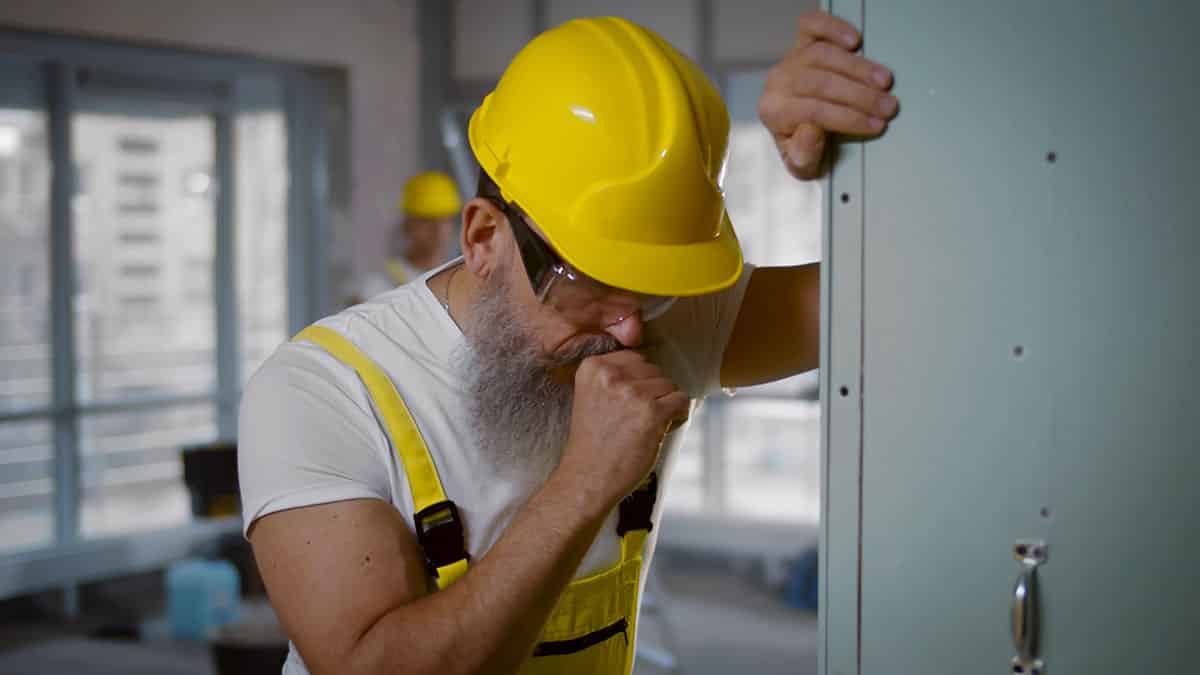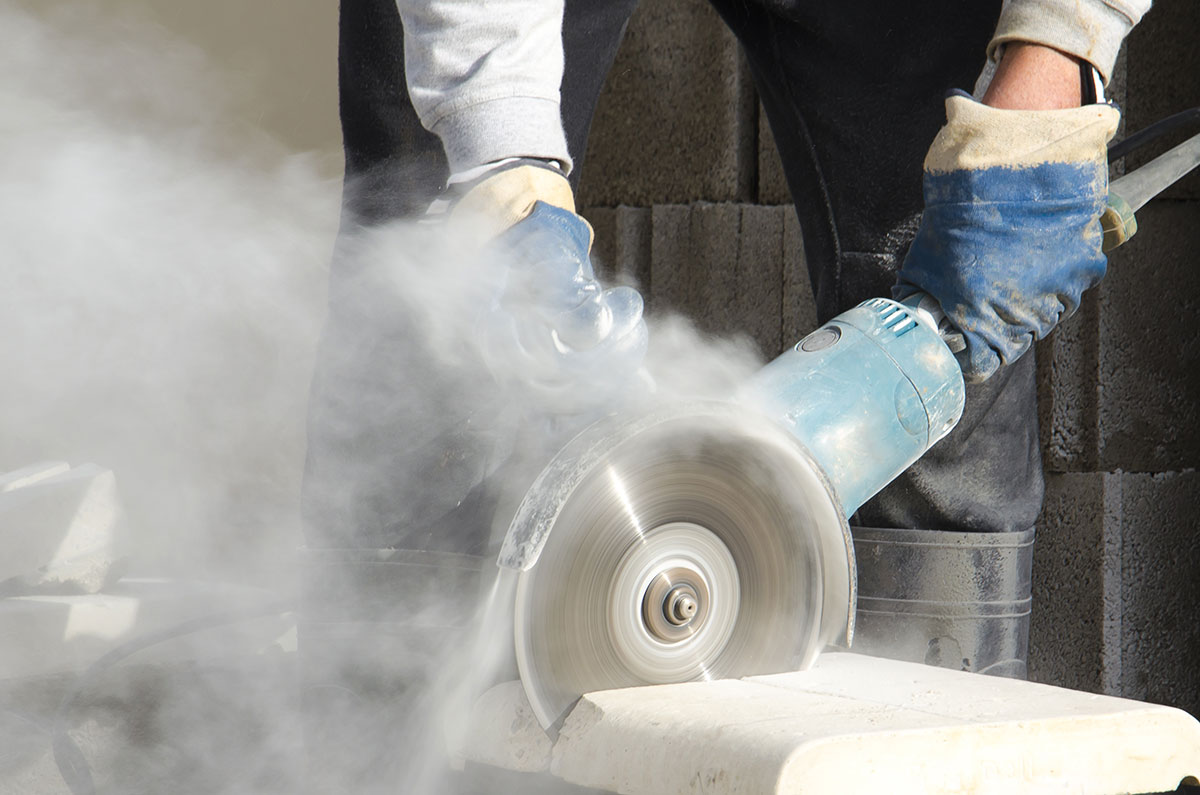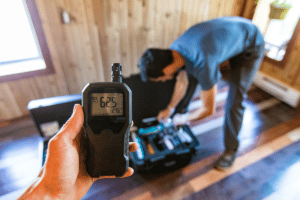On July 27, Congressman A. Donald McEachin introduced the Technology Assessment for Air Quality Management Act, to authorize $55 million for the Environmental Protection Agency (EPA) to expand its online air sensor toolbox and improve upon its monitoring capabilities.
If enacted, it would go a long way to help monitor and limit issues of air pollution in the United States. And, it could greatly impact how air is monitored within the workplace.
The Technology Assessment for Air Quality Management Act would allow the EPA to:
- Annually update and expand its online air-sensor toolbox with best-available monitor technologies, methods, and associated uses of data.
- Connect the toolbox with environmental justice mapping and screening tools.
- Establish a working group consisting of representatives from EPA regional offices, air agencies, environmental justice networks, data science, and public health science to develop templates for integrated monitoring systems.
- Direct the EPA and the Government Accountability Office (GAO) to conduct an inventory of the locations and operation statuses of air monitors, existing data infrastructure, high-priority areas for monitoring deployment in environmental justice communities, and workforce needs to improve air-quality management across scales.
Poor indoor air quality (IAQ) in the workplace is tied to a number of symptoms, including headaches, fatigue, and irritation of your eyes, nose, lungs, and throat. It’s also been linked to diseases such as occupational asthma, silicosis, and even cancer.
The EPA’s enhancements will not only provide you with information about air sensors, but it will also provide guidance on sensor use, assistance with data interpretation, and access to educational and outreach materials.
So, why is this all necessary? Let’s break it down.

The problem of air pollution
Air pollution, by definition, is the contamination of the indoor or outdoor environment by any chemical, physical or biological agents that modify the natural characteristics of the air we breathe.
It’s one of the greatest environmental risks to our health. And, according to the World Health Organization, 99% of the world’s population lives in places where the expected WHO air quality guidelines levels were not up to standard.
In the United States, alone, more than 40% of Americans—over 137 million people—live in places with failing grades for unhealthy levels of particle pollution or ozone. That’s in increase of over 2.1 million people from the previous year.
In terms of workplace IAQ, several factors may affect it, including: poor ventilation, problems controlling temperature, humidity levels, recent remodeling, and even outdoor work that causes air to enter into nearby buildings. Additionally, problems worsen with contaminants such as respirable silica dust, asbestos, mold, cleaning supplies, and pesticides.
While OSHA doesn’t specifically have an IAQ standard, many of its standards do require air monitoring and the proper use of respirators. And, the General Duty Clause of the OSH Act requires employers to “provide workers with a safe workplace that does not have any known hazards that cause or are likely to cause death or serious injury.”
Furthermore, two states — New Jersey and California — have indoor air regulations.
By reducing air pollution levels, you can reduce the burden of disease from stroke, heart disease, lung cancer, and both chronic and acute respiratory diseases.
These statistics call for concern and adequate action. That’s why the clean air act has to be fully enforced.
How the clean air act seeks to solve the problem of air pollution
OSHA covers a lot, but not everything. That’s why the governing body needs to rely on outside regulations, which include the Clean Air Act.
Since the Clean Air Act was passed in 1970 — with major revisions in 1977 and 1990 — emissions of outdoor air pollutants, including ozone and particle pollution, have reduced by 78%, according to the EPA.
The Clean Air Act requires the U.S. Environmental Protection Agency (EPA) and states to set health-based limits, called National Ambient Air Quality Standards (NAAQS) for six dangerous outdoor air pollutants, which include;
- Particulate matter,
- Ozone,
- Nitrogen oxides,
- Sulfur dioxide,
- Carbon monoxide, and
- Lead.
The NAAQS identify the required safe level of each pollutant to breathe, based on the most recent health and medical science, including an adequate margin of safety for those most at risk. These standards notify the public when pollution levels place Americans’ health at risk and require states and local governments to take steps to reduce emissions to attain the expected standards.
By utilizing the tools and guidance provided by the EPA, you’ll provide a safer workplace for your team,

Working with Worksite Medical
In most cases, OSHA requires medical surveillance testing, and at no cost to employees. That testing includes respiratory function, chest x-rays, and blood work, which are crucial when you’re thinking about air quality in your workplace.
Worksite Medical makes that program easier with mobile medical testing.
We conduct on-site respirator fit tests, as well as audiometric exams, pulmonary function tests and heavy metal lab work, right on your job site. We also keep accurate, easy-to-access medical records for your convenience. You’ll keep your employees at work, and stay ahead of OSHA inspections.
With Worksite Medical, a mobile medical testing unit (take a virtual tour here) — we can bring all the resources of a lab to you. Our certified lab technicians can perform both qualitative and quantitative respirator tests to ensure a perfect fit.
Protect your team and your workplace from issues such as occupational asthma now with Worksite Medical.
Not sure what you need? Try our medical testing wizard here.
Give us a call at 1-844-622-8633, or complete the form below to schedule an on-site visit or to get your free quote!




